Know How – Class 1 Sound Level Meter
What is a Class 1 Sound Level Meter?
A Class 1 Sound Level Meter is a noise measurement instrument that meets the requirements of IEC 61672-1:2002 (or an equivalent such as BS EN 61672-1:2003) to Class 1 performance.
This standard specifies two levels of performance, Class 1 and Class 2, with Class 1 being effectively more accurate. Within the standard are a set of performance criteria that an instrument must meet and each of these has a tolerance associated with it. The tolerances for Class 1 are tighter than for Class 2. For example, at the reference frequency of 1kHz, the tolerance limits for Class 1 are +/- 1.9dB and for Class 2 the tolerance is +/- 2.2dB.
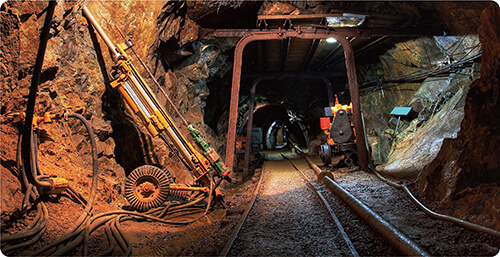

Which class of sound level meter do I need?
Whether you need a Class 1 or a Class 2 sound level meter will depend largely upon the application that you will be using the instrument for.
If you are working to an environmental noise standard then this may specify that the instrument should be Class 1. For example, ISO 20906:2009 “Unattended monitoring of aircraft sound in the vicinity of airports” states that “..shall conform to the electroacoustical performance specifications of IEC 61672-1 for a class 1 sound level meter.”
The Class 1 sound level meter tend to measure lower levels due the sensitivity of the microphone capsule. This is particularly relevant for environmental noise surveys where low noise levels are being measured. Finally, you may choose Type 1 for important legal applications as the evidence from the more accurate meter may be more convincing, even when the regulations do not demand it. Class 1 sound level meter is preferred for the design of cost-effective noise controls.
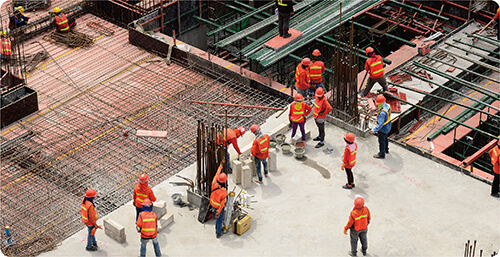

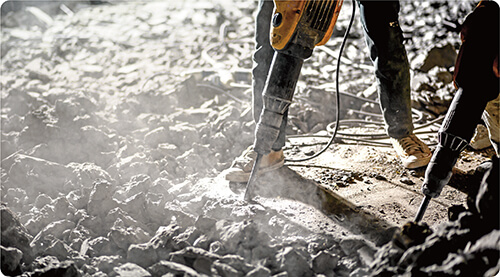

A simple sound level meter that meets the standard may only provide Sound Pressure measurements whereas a much more sophisticated instrument may provide for the measurement of Sound Pressure, Leq and Peak Sound Pressure.For example, the Noise at Work Regulations which are used in the UK requires, as a minimum, the measurement of LAeq and LCPeak.
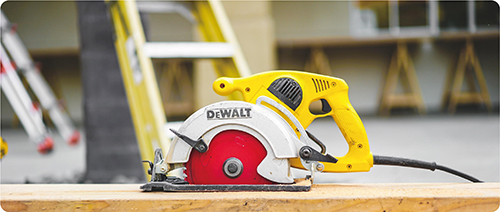





What is the price of Class 1 Sound Level Meter
There are many very low cost (under $200) devices masquerading as sound level meters but so far none of these have been proven to meet their sales clams. Thus their use may risk hearing damage because of measurement errors.
Class 1 sound level meter offers greater accuracy and is considered more reliable if a noise case goes to court. The usual cost of Class 1 sound level meter may range from $1500 to $4000 depended on capacities. We are convinced to have best price guarantee on our Class 1 Sound Level Meter. For further quotation, please contact us.
Scarlet Class 1 Sound Level Meters
ST-109
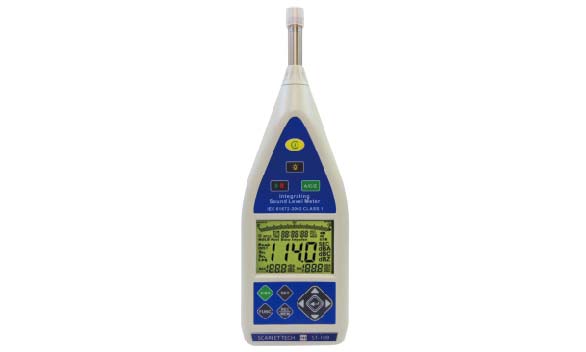

ST-109 Class 1 Sound Level Meter is designed to meet the requirements of IEC 61672-1:2002 (or the equivalent BS EN 61672-1:2003). ST-109 Sound Level Meters not only suitable for environmental noise measurements but can also be used for occupational noise measurements such as the UK Controls of Noise at Work Regulations or the OSHA Occupational Noise standards.
ST-11/11D
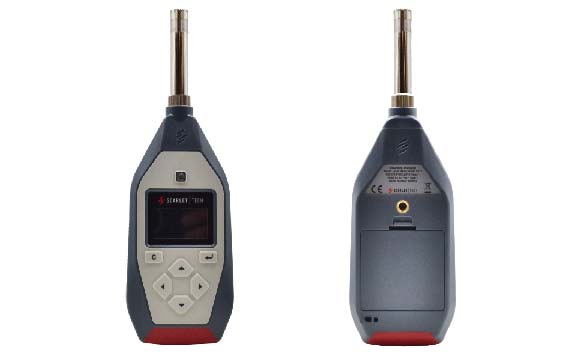

ST-11/11D Features
• Class 1 Complies with IEC-61672-2013
• 10 Hz-20k Hz frequency range
• 27 dB-140 dB measurement range
• Data logging & record function(St-11D)
• Measures and displays Leq value
• Long term measurement
ST-130
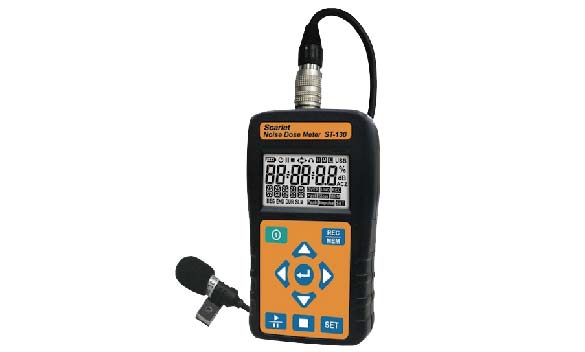

ST-130 Features
• Perform OSHA and IEC noise accumulation surveys
• 6 built-in standard dose measurement setups: OSHA/ MSHA/DOD/ACGIH/ISO85/ISO90
• Data logger up to 10,00,000 readings
• Adjustable criterion level, exchange rate & threshold
• Sampling times between 1 sec to 2 hr
• Stores up to 10,000 dose meter survey results
• Dose Meter Mode: record time stamp, %Dose, TWA8, LEP, 8h, Leq, SEL, LN%, SPLmax, SPLmin, PeakMAX
• Sound Level Meter mode: Leq, PeakMAX & SEL
• USB interface. Support Windows XP / Vista / 7 / 8
Scarlet Class 1 Sound Level Meters


ST-109
ST-109 Class 1 Sound Level Meter is designed to meet the requirements of IEC 61672-1:2002 (or the equivalent BS EN 61672-1:2003). ST-109 Sound Level Meters not only suitable for environmental noise measurements but can also be used for occupational noise measurements such as the UK Controls of Noise at Work Regulations or the OSHA Occupational Noise standards.
ST-11/11D
ST-11/11D Features
• Class 1 Complies with IEC-61672-2013
• 10 Hz-20k Hz frequency range
• 27 dB-140 dB measurement range
• Data logging & record function(St-11D)
• Measures and displays Leq value
• Long term measurement




ST-130
ST-130 Features
• Perform OSHA and IEC noise accumulation surveys
• 6 built-in standard dose measurement setups: OSHA/ MSHA/DOD/ACGIH/ISO85/ISO90
• Data logger up to 10,00,000 readings
• Adjustable criterion level, exchange rate & threshold
• Sampling times between 1 sec to 2 hr
• Stores up to 10,000 dose meter survey results
• Dose Meter Mode: record time stamp, %Dose, TWA8, LEP, 8h, Leq, SEL, LN%, SPLmax, SPLmin, PeakMAX
• Sound Level Meter mode: Leq, PeakMAX & SEL
• USB interface. Support Windows XP / Vista / 7 / 8
Pick a perfect Anemometer
How to Choose the Perfect Anemometer for Construction Site Safety?
There are many different types of anemometers in the market with different functionalities. Before choosing any of the anemometers, you have to get complete knowledge about it in order to meet your demands.
Choosing anemometers is particularly important in situations where loads and equipment will be raised significantly above the ground or building, which is especially relevant when planning tasks involving crane operation and heavy lifting. Attaching an anemometer to the boom point is a sensible way to monitor the different wind speeds at operating altitudes for cranes.
Intrinsic Safety
Official Safety Standard for Explosion-Proof
Outside of North America, ATEX (Appareils destinés à être utilisés en ATmosphères EXplosives) and IEC (International Electrotechnical Commission) provide standards that are recognized internationally.
These organizations, unlike FM, UL and CSA, do not perform their own testing but rather have notified bodies to perform the testing to meet the standards they set. To make their products applicable to international businesses, many North American companies will certify their products to ATEX and/or IEC standards in order to make them applicable to international businesses.
Other Know Hows
Pick a perfect Anemometer
How to Choose the Perfect Anemometer for Construction Site Safety?
Choosing anemometers is particularly important in situations where loads and equipment will be raised significantly above the ground or building.
Intrinsic Safety
Official Safety Standard for Explosion-Proof
Outside of North America, ATEX (Appareils destinés à être utilisés en ATmosphères EXplosives) and IEC (International Electrotechnical Commission) provide standards that are recognized internationally.